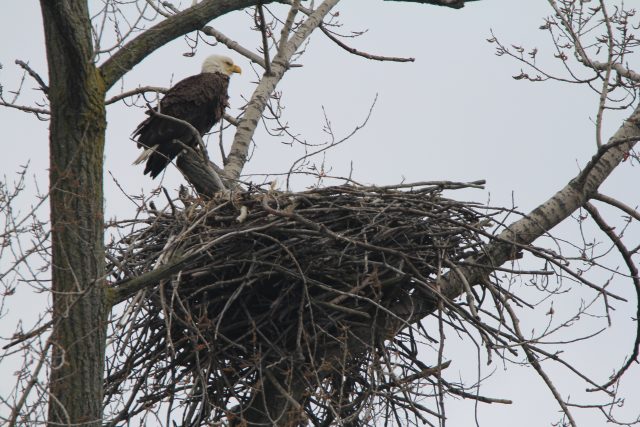

After sand and gravel resources (aggregates) have been recovered, areas affected by those activities undergo reclamation. Reclamation involves restoring the site to some useful purpose, generally designed to be in harmony with surrounding land uses. Reclamation goals include land suitable for agricultural uses, sites ready for new development (such as housing), open space/recreational uses, and aquatic habitat, just to name a few. Location and extent of the aggregate reserve generally dictate what type of reclamation is most suitable for the affected mine site. Often, aggregates lie below the local groundwater table whereby aquatic reclamation is an appropriate choice.
Gernatt has several locations where aggregate reserves are recovered from below the water. As mining ceases, shorelines are graded to minimize steep slopes. Material from the excavation is normally placed in a way to create uneven shoreline, increasing shallow water habitat, and accessibility. The many shallow-to-deeper water transitional areas increase the diversity of plants and animals that will utilize the site. After shoreline soil replacement, seed is sown to ensure that robust vegetative cover quickly establishes itself over newly graded areas.
Reclaimed water bodies serve many purposes, including habitat for aquatic organisms, reservoirs for groundwater and floodwater/stormwater storage. Non-aquatic species that rely on aquatic resources to survive, such as bald eagles, mink and muskrat, often find these reclaimed lakes to their liking. It is not unusual for species such as these, and many others, to quickly colonize a reclaimed site. There are many instances of aquatic and non-aquatic creatures taking up residence in and around mine lakes even while mining is ongoing.